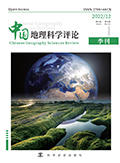参考文献
[1] Handy S, Van Wee B, Kroesen M. Promoting cycling for transport: research needs and challenges[J]. Transport Reviews, 2014, 34(1): 4-24.

